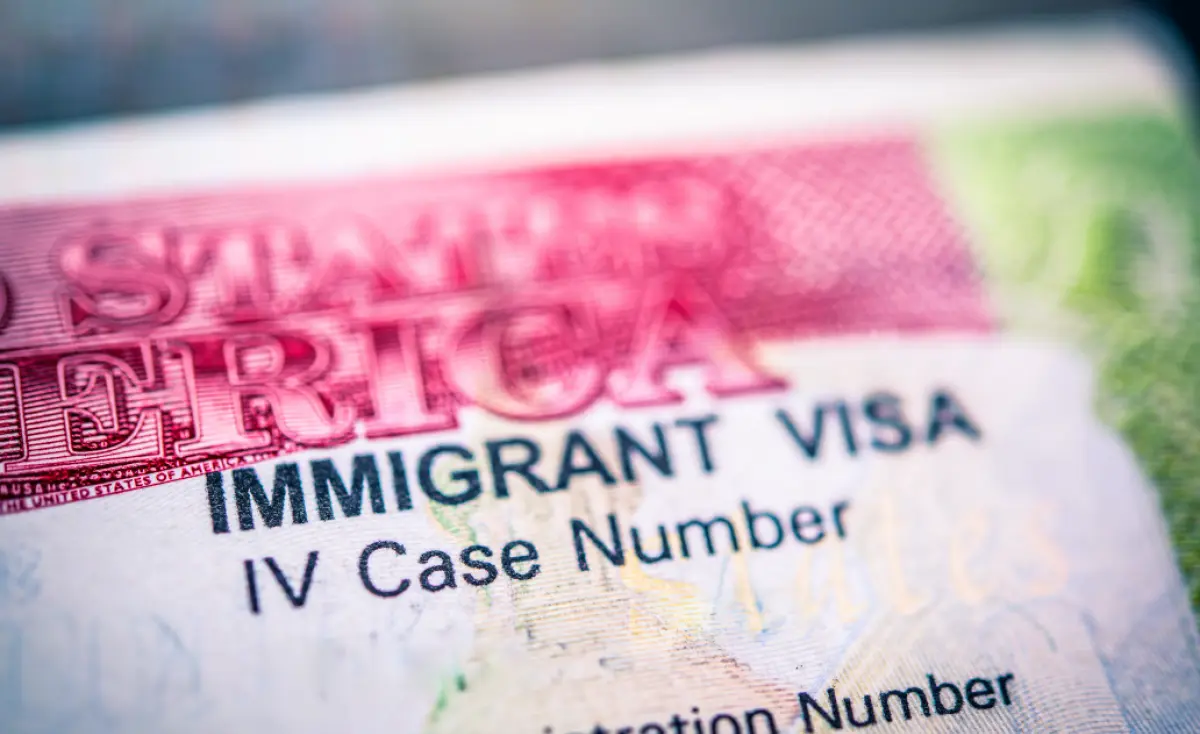legal insights
by Ethan Retan
he new year opened with a flurry of immigration-related orders and policies from the Trump Administration. Even as things are still unsettled, the following summary is intended to help cover the most significant developments in immigration, as well as the legal framework that governs them.

It is crucial to view the Administration’s actions on immigration through the lens of the existing legal framework, both at the federal and the state level. Doing so can help local educational agencies better understand how the current changes may affect them and how to plan for and adjust to future changes.
Some of the most important authorities informing federal immigration policy for LEAs to know are:
- Plyler v. Doe: This case decided by the U.S. Supreme Court in 1982 analyzed a Texas law that stripped funding from schools used to educate students not “legally admitted” to the United States. The Court found that the law was unconstitutional, primarily because it violated the Fifth and Fourteenth Amendment’s requirement to provide equal legal protections and benefits to all people — even those who are undocumented. As a result, schools have since been required to educate all students regardless of immigration status. Importantly, Plyler remains in effect despite the Administration’s recent immigration changes.
However, it is possible that a similar issue to that in Plyler may be raised before the current Supreme Court in an effort to have Plyler overruled. If this happens, it could result in significant changes to current immigration law enforcement with significant effects on LEAs.
- Fourth Amendment: The Constitution’s Fourth Amendment protects people from unreasonable searches and seizures in the absence of a judicial warrant. Although the Fourth Amendment’s typical application is in criminal cases, it continues to apply in civil and administrative contexts such as immigration enforcement. Most notably, the Fourth Amendment usually requires a judicial warrant whenever immigration enforcement wishes to enter an area in which someone — a student, a parent, a staff member or anyone else — has a reasonable expectation of privacy. Whether someone’s expectation of privacy is “reasonable” depends on many factors, such as the type of location and governing policies.
Though not certain, there is an argument that students, staff or even parents enjoy a reasonable expectation of privacy at school. If this is the case, immigration enforcement on school campuses could be barred in the absence of a judicial warrant. LEAs with questions about this issue should consult legal counsel.
- FERPA: LEAs should also remember that the Family Educational Rights and Privacy Act (FERPA) prohibits the release of student records absent particular circumstances, such as a warrant or subpoena. These restrictions apply equally to requests from law and immigration enforcement.
For example, AB 699:
- Prohibits the collection of information about student/parent citizenship or immigration status;
- Requires LEAs to exhaust parental instructions in student emergency contact information prior to contacting Child Protective Services when a parent is unavailable to care for their student;
- Requires LEAs to educate students regardless of immigration status, and to notify parents of this right; and
- Requires the Attorney General to publish model policies that limit immigration enforcement at public schools, consistent with federal and state law, and ensuring that public schools remain safe and accessible to all, regardless of immigration status and required LEAs to adopt these model policies or their equivalent by July 1, 2018. (The Attorney General updated the model policies in December 2024.)
- Executive order: On Jan. 20, 2025, President Donald Trump issued an executive order titled “Protecting American People Against Invasion.” The order does not target schools specifically and largely directs federal immigration agencies to conduct reviews and make recommendations. However, the order does suggest a change to more aggressive immigration enforcement and, more significantly, the potential withdrawal of federal funds from “sanctuary jurisdictions.” Though this term is not explicitly defined, it presumably refers to jurisdictions providing legal or other protections to undocumented immigrants.
- Recission of “sensitive locations” policy: In 2011, the Obama Administration issued a policy prohibiting immigration enforcement in or near certain “sensitive locations,” including churches, hospitals and schools. This policy continued through the first Trump Administration and was expanded by the Biden Administration to add additional sensitive locations and restrict enforcement near such locations. On Jan. 21, 2025, however, this policy was rescinded by the Trump Administration. Now, immigration officers have been instructed to utilize “common sense” if or when enforcement is conducted in sensitive locations.
- Department of Justice memo: On Feb. 5, 2025, the U.S. Department of Justice issued a memorandum addressing “sanctuary jurisdiction directives.” The memo emphasizes the federal government’s authority over immigration law and enforcement, while also warning of potential consequences for states, entities and individuals that fail to comply with immigration laws and enforcement efforts.
It is difficult to predict how the Administration’s intent to increase immigration enforcement will interact with the outlined legal framework. In addition, the California Legislature has introduced a number of bills regarding immigration that are being monitored by CSBA’s Governmental Relations Department, and Attorney General Rob Bonta may file lawsuits regarding immigration actions or policies of the Administration (he and other state attorneys general have already filed a number of lawsuits regarding other actions by the Administration).
View CSBA’s legal guidance on this subject at csba.pub/immigration-guidance.
Please note that the information provided here by CSBA is for informational purposes and is not legal advice. Contact your LEA legal counsel of CSBA Legal Services at legalservices@csba.org for questions related to this information.